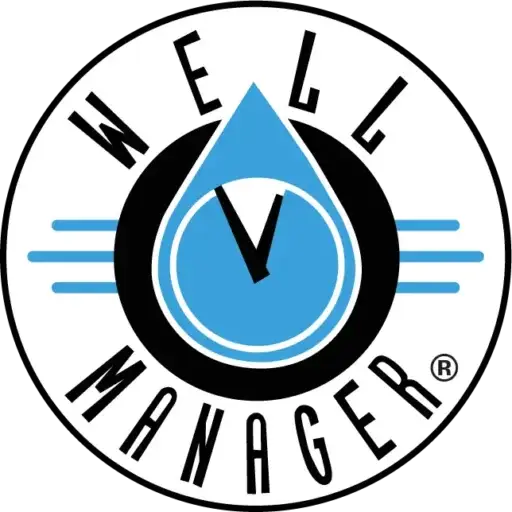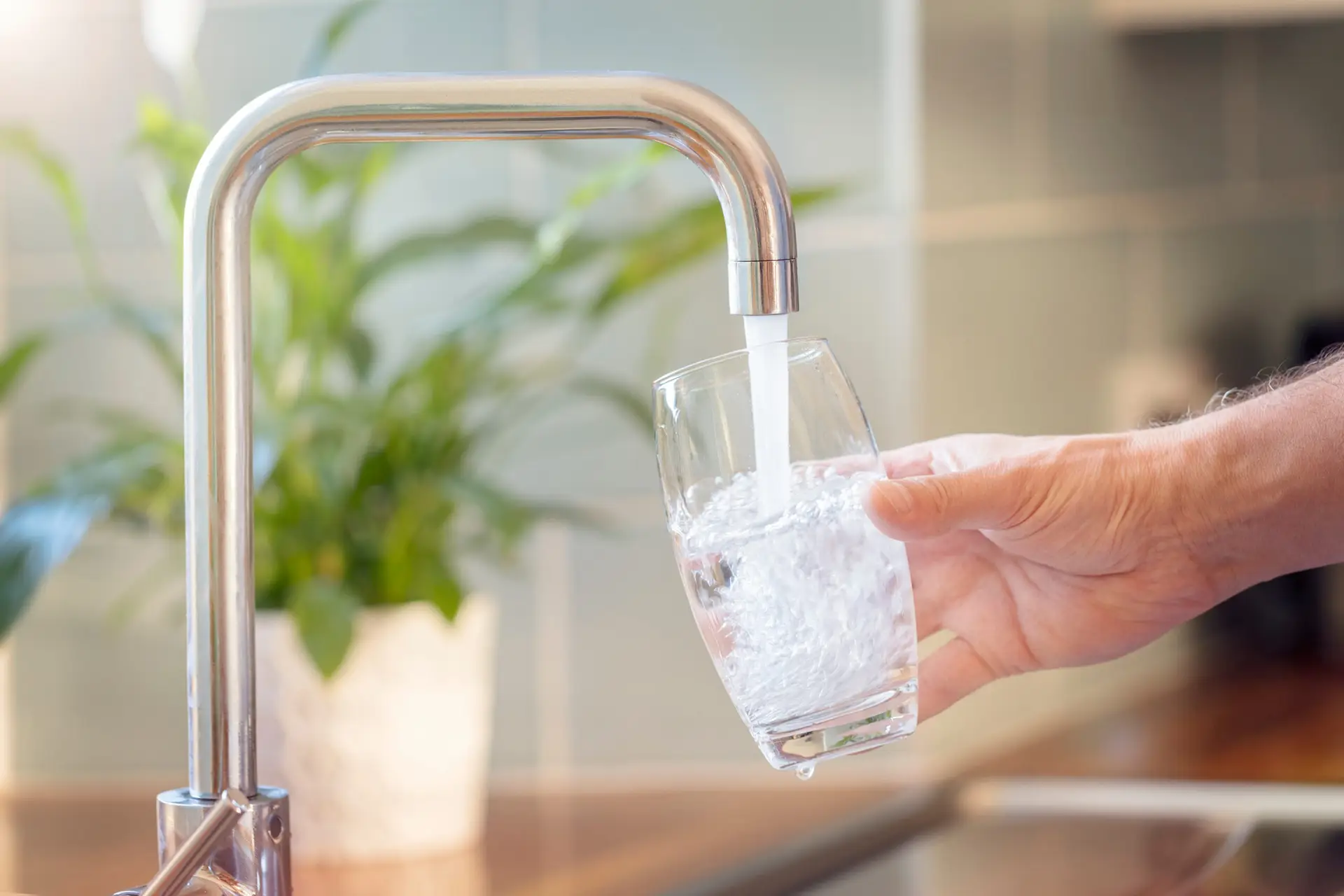Will My Well Yield Meet My Family’s Water Demands?
Since the dawn of indoor plumbing, flowing water is something most of us take for granted. You turn on the tap and—voila! —you have water. Sometimes, though, your water and pressure yield can be unpredictable especially when it comes to low-yield wells.
What Constitutes a Low-Yield Well?
The answer to that question isn’t so simple. There is no specific number that identifies a low-yield well. There are water yield rate recommendations, which range between three to five gallons per minute. And while these recommended yield rates would satisfy the water requirements for some families, they might be insufficient for others. In fact, it has been reported that the water demands for an average American household is about 100 to 120 gallons per person per day. Many homeowners end up with yields under two gallons per minute, so the only way for them to achieve normal, in-home water use is with a water booster / management system like the Well Manager or Well Watcher.
Consider All the Ways Your Water Is Used
To determine your water needs, you must look beyond your family’s basic grooming habits and consider all the ways in which water is used in your home. Do you have kids who use the hose or do you garden? Does your landscaping require an irrigation or watering system? Do you own a pool? Are you going to add to your water usage in the future?
You also need to consider your appliances. Did you know that a top-loading washing machine uses about 51 gallons of water per load, while a front-loader uses about 27 gallons per load? Even your toilet can drain your water supply. A standard toilet uses about five gallons each time you flush, whereas a low-flow toilet will use only 1.6 gallons per flush. Water conditioning equipment, such as a water softener, often requires backwash flushing, which can use 50-100 gallons. These large water “gulps” could be using all of the water stored in your well without sufficient recovery time!
Signs of a Low-Yield Well
Once you have taken into consideration all the ways in which your family uses water, you can then determine if your well yield is sufficient to meet your needs. Signs of an insufficient or low-yield well are low water, sediment in your water, or even running out of water all together. If this happens, your well yield is probably less than two gallons per minute, which is far below the recommended levels for family water usage.
Addressing the Issue of a Low-Yield Well
Although some circumstances absolutely require more drastic action, discovering you have a slow or low-yield well doesn’t necessarily mean you have to dig a new one. Other remedies should not be ruled out, such as
- reducing water usage during peak times,
- changing your family’s water usage schedule, and/or
- swapping out your older appliances for ‘low flow’ water-saving models.
But the options listed above can be inconvenient, stressful, and potentially very expensive.
Well Manager products are designed to allow you to use your in-home water normally despite your low-yielding well conditions.
Go with Your Most Complete and Most Cost-Effective Solution
A well water booster system, sometimes called a water management system, stores water for peak demand and allows for normal water use. A Well Manager LLC well water booster system is a permanent solution set up to continually draw water from your well at a consistent rate so water is available when you need it without over pumping your well. These systems provide additional water storage for your home and add a dedicated re-pressurization source for excellent in-home water pressure.
The Well Manager well water booster systems alleviate the hassle and inconvenience of running out of water. You no longer have to wait for your water tank to refill between uses.
To learn more about how a well water booster system from Well Manager can help meet your family’s water demands, contact Well Manager today.
Related Reading
- More People Are Working From Home: Is Your Well System Ready For the Demand?
- Combating Low Yields During COVID-19: Getting the Most out of Your Well While You’re Spending More Time at Home
- Moving From The City To the Suburbs? Check To See If Your Water Supply Can Handle It
- WATCH: Getting Your Well Ready for the Holidays
- The Dynamics of Water Use: Understanding Usage Habits


